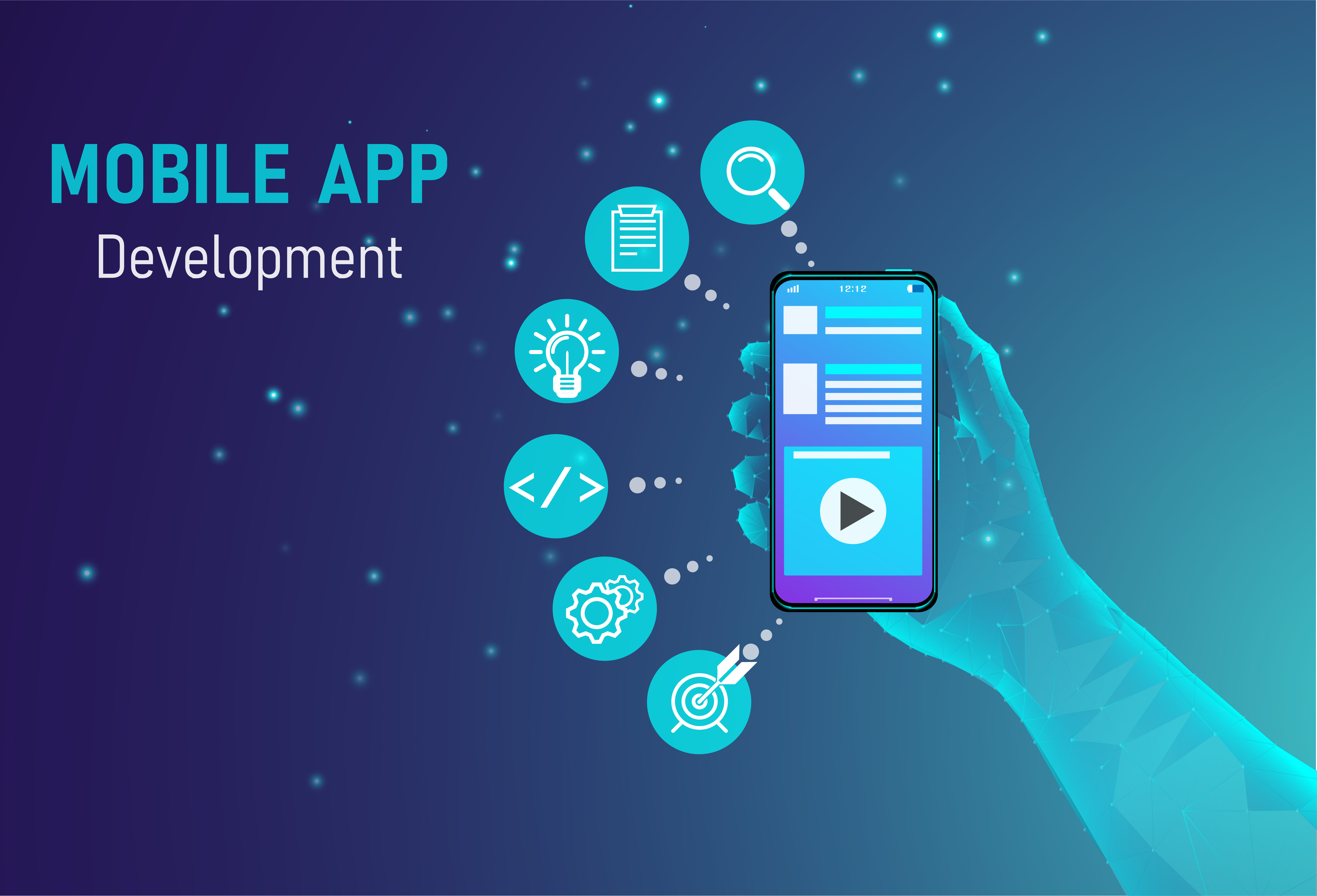

Anatomy of Android Applicationīefore you run your app, you should be aware of a few directories and files in the Android project − Sr.No. The next level of installation should contain selecting the activity to mobile, it specifies the default layout for Applications.Īt the final stage it going to be open development tool to write the application code. in a new installation frame should ask Application name, package information and location of the project.−Īfter entered application name, it going to be called select the form factors your application runs on, here need to specify Minimum SDK, in our tutorial, I have declared as API23: Android 6.0(Mashmallow) − You can start your application development by calling start a new android studio project. When you click on Android studio icon, it will show screen as shown below The first step is to create a simple Android Application using Android studio. So let us proceed to write a simple Android Application which will print "Hello World!". I also assume that you have a little bit working knowledge with Android studio.

Before you start writing your first example using Android SDK, you have to make sure that you have set-up your Android development environment properly as explained in Android - Environment Set-up tutorial. Let us start actual programming with Android Framework. Buy issue 310 (opens in new tab) or subscribe (opens in new tab).

This article was originally published in net, the world's best-selling magazine for web designers and developers. If you're designing an app as part of a team, cloud storage will enable you to remain consistent and connected. For tips on how to get the most out of them right now, take a look at our article on nine amazing PWA secrets (opens in new tab). The technology isn't quite there yet but some people are betting that the future of mobile apps is actually web technology. Web APIs now enable much more extensive interaction between web pages and devices than in the past and service workers mean pages can be cached and work offline. One possible future for mobile development moves away from the native environment completely.

For more on this framework, take a look at our guide to getting started with Flutter (opens in new tab). This offers superior start-up times and app performance. While they offer similar reactive development styles, the major difference between Flutter and React Native is that Flutter dispenses with runtime JavaScript completely and compiles native code for multiple platforms.


 0 kommentar(er)
0 kommentar(er)
